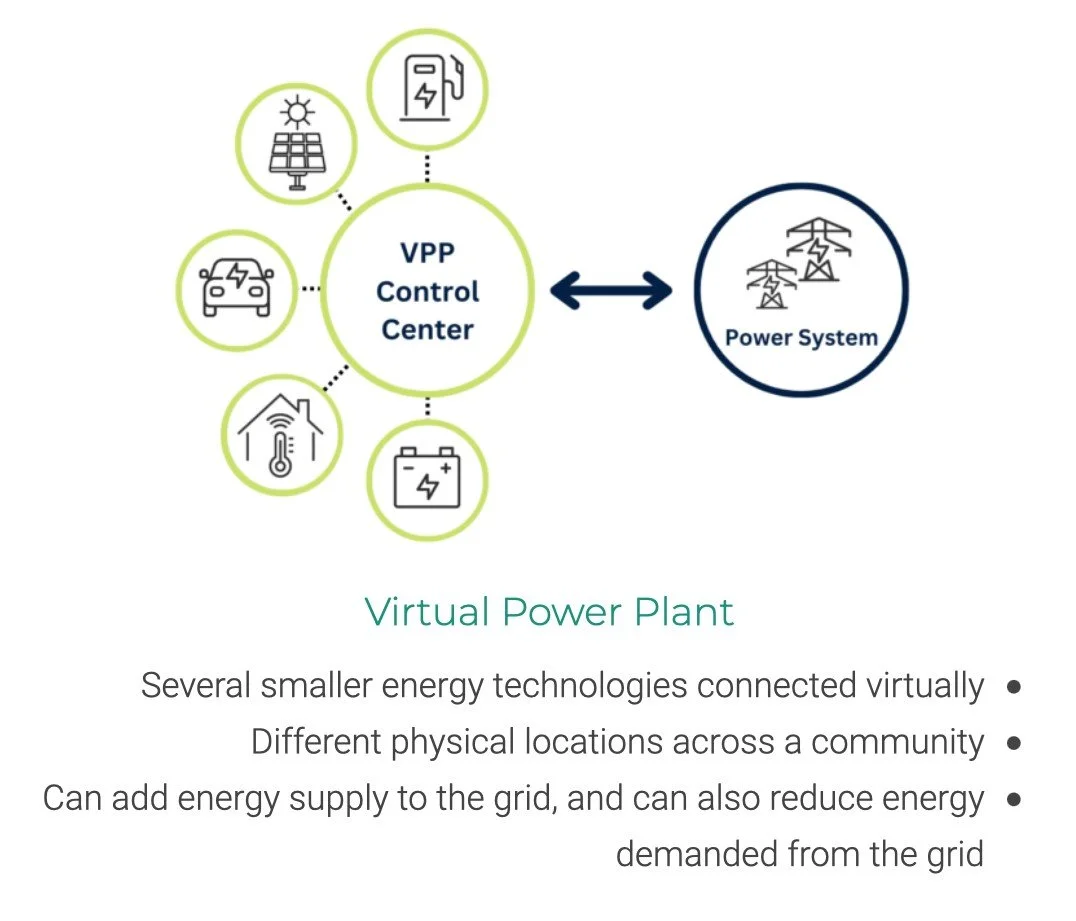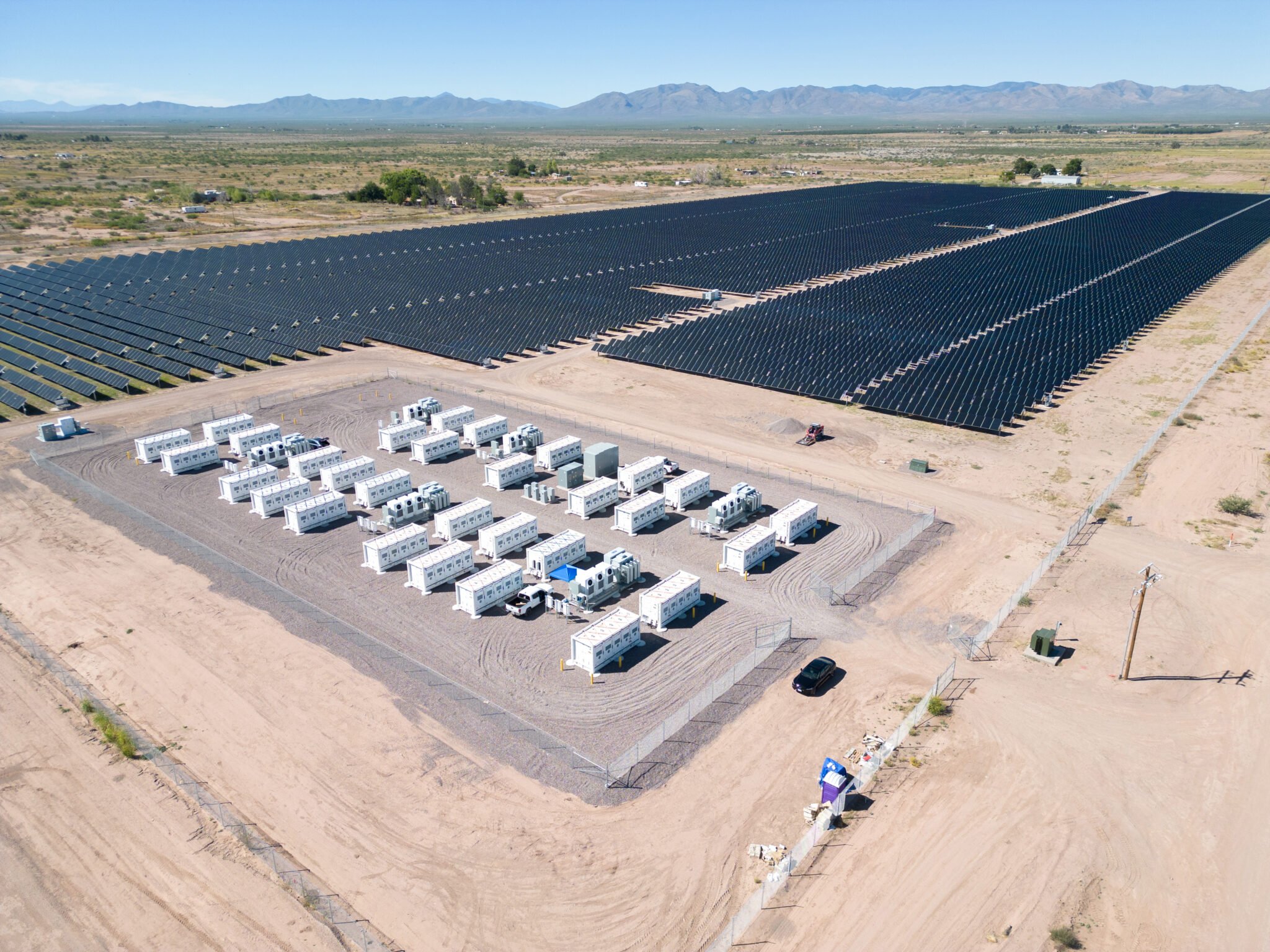Utility and Grid News
-

California NEM 3.0: Appeals court rejects lawsuit, upholds new rooftop solar policy
A California appeals court has rejected a lawsuit that sought to throw out the state’s new rooftop solar policy. The net metering rules, approved by the California Public Utilities Commission (CPUC) and effective April 15, reduce the credit new solar panel users receive for exporting energy to the grid. After listening to oral arguments Wednesday, the three judges on California’s First Appellate District Court determined the scope of their review was limited, and that the CPUC had no obligation to figure out the best solution- only to uphold the law.
-

Google-Backed Company Merger Eyes Massive Virtual Power Plant
Nest Renew, a Google service that helps individuals optimize electricity consumption, and software company Ohm Connect are merging in a bid to build a so-called virtual power plant that would improve grid reliability as more renewables come online. Ohm Connect pays users to reduce electricity consumption when energy demand is high. Nest Renew provides homes with a smart thermostat that automatically reduces energy usage when prices are high and prioritizes usage when renewable energy is available. The new company, Renew Home, is expected to combine both, building a network of millions of homes. That network would act as a virtual, decentralized power plant that will be the largest in the US.
-

How customers, connected devices, and demand flexibility drive the clean energy transition
Renewables are the future of the energy system. But they can also be a double-edged sword for how they interact with the grid; often producing abundant low-cost electrons. However, sometimes they can overwhelm the grid, and during these times frequent and significant curtailment in the system might be needed because there is no demand for the additional electrons. In a single day, we can go from this bumper crop of electrons to grid tightness and even calls for energy conservation. This inflexibility of both supply and demand is meeting a breaking point; retail rate design is central to unlocking the next phase of renewable energy growth while reducing costs for the “electrification of everything.”
-

Silicon Ranch completes solar+storage project in Arizona
Silicon Ranch, an independent power producer and renewable energy company, and Sulphur Springs Valley Electric Cooperative (SSVEC), a not-for-profit, member-owned distribution cooperative, announced the completion of the 20-MW McNeal Solar Farm. The project includes an 80-MWh battery energy storage system (BESS), meant to enable SSVEC to meet increasing load demand and the power needs of more than 3,000 households across southeastern Arizona.
-
For safety and reliability, utilities must shift focus to distributed energy resources
To ensure safety and reliability, utility leaders should pay consumers to reduce consumption, embrace distributed energy resources in their resource planning, and make interconnecting rooftop solar and residential storage easier.
The question is, however, will they?
-
Virtual Power Plants can cost-effectively support the grid— if we let them
Strained by the double burden of increased demand and more frequent extreme weather events, our grid struggles to provide reliable electricity in many areas of the country – and the challenge will only intensify in the years to come. Virtual Power Plants (VPPs) aggregate electricity from customer-owned distributed energy resources (DERs) such as batteries, building management systems, smart home devices, and electric vehicle chargers, then use these assets to help keep the grid balanced by reducing or shifting energy use.
-
Hybrid power plants, solar+storage were big in 2022, report finds
Improving battery technology and the growth of variable renewable generation are driving a surge of interest in “hybrid” power plants that combine, for example, utility-scale wind and/or solar generating capacity with co-located batteries. While most of the current interest involves pairing photovoltaic (PV) plants with batteries, other types of hybrid or co-located plants with wide-ranging configurations have been part of the U.S. electricity mix for decades.
-
Virtual Power Plants Are Coming to Save the Grid, Sooner Than You Might Think
This summer could be the first one in which virtual power plants—networks of small batteries that work in tandem to function like power plants—are large enough to make their presence felt by helping to keep the lights on during the hottest days. After years of pilot projects, utilities and battery companies now have networks with thousands of participants in California, Utah and Vermont, among others. The batteries in virtual power plants add megawatts of capacity to the grid when electricity demand is at its highest. And most of the electricity from the batteries is generated by rooftop solar.
-
Xcel must cut emissions from its gas business 22% by 2030. The role heat pumps can play is a point of dispute.
Environmental groups say heat pumps can get most of the emissions out. Xcel paid for a study that begs to differ. The deeper debate isn’t about heat pumps, but the fate of Xcel Energy’s extensive Colorado natural gas infrastructure and the billions of dollars it generates annually, as the utility seeks ways to keep the system relevant even as it reduces its carbon dioxide emissions.
-
Coal mine to be transformed into Kentucky’s largest renewable power project
Starfire Mine, formerly one of the largest coal mines in the U.S., will be the new site of an 800 MW solar energy center used by Rivian Automotives and nonprofit The Nature Conservancy. The project will also include BrightNight’s construction of up to a twenty-mile transmission line, enabling an additional 1 GW of renewable power generation to be built in the region in the future.
-
The road to decarbonisation begins with increasing grid flexibility
Reaching targets on the path to net-zero emissions will mean making sure the grids of the future provide a reliable, renewable base for supply. Electricity loads are anticipated to double by 2050 due to widespread electrification of homes and businesses, with the growth of electric vehicles and heat pumps serving as major catalysts. The conventional, one-directional energy model will be unable to meet the demand.
